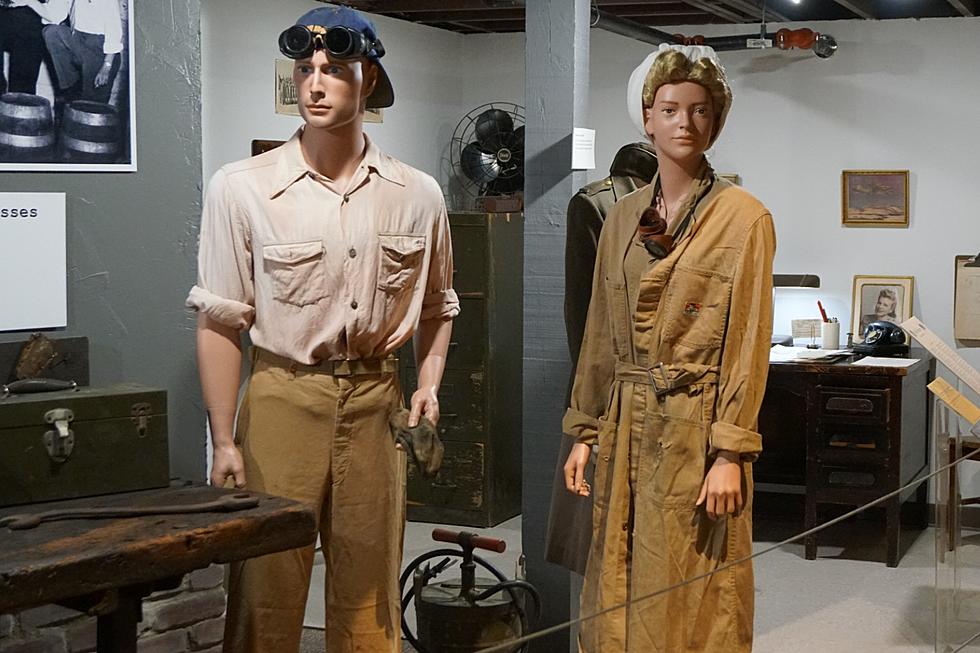
First Stagecoach Line Opened – On ‘This Date In Central Minnesota History’
ST. CLOUD - June 21st, 1859 – Stagecoach line between St. Cloud and the Red River opened.
In 1859 a state road was cut through Minnesota by U.S. Government troops. They set out from St. Cloud and cut a direct path nearly 150 miles west and north towards Fort Abercrombie located on the Red River. It took them three weeks to cut timber, build bridges, and construct stations along the path.
This wasn’t the first time that there was a route here. In fact, as early as 1823 trains of ox-carts had made their way from Fort Garry (Winnipeg, Canada) down to St. Paul. These oxcart trails became more traveled as the American Fur Company established at post at Pembina in 1844 and the fur trade expanded.
A Post Office was created at Pembina in 1857 and Fort Abercrombie was built in 1858. Plans started being made for steam boat navigation on the Red River between Fort Abercrombie and Fort Garry. All of these factors made the time ripe for a stagecoach line from St. Cloud to the Red River.
In 1859, J.C. Burbank and Company of St. Paul combined with the firm of Allen and Chase to form the Minnesota Stage Company and immediately set about the task of clearing a road and building stations and bridges along the route. After three weeks of work, the first two stages left St. Cloud on June 21, 1859, loaded with passengers.
It took three days to journey from St. Cloud to Fort Abercrombie. In 1866, W.B. Mitchell, editor of the St. Cloud Democrat, took a trip on the stagecoach and described it in the newspaper. Here’s how the first day went: after a 6 o’clock breakfast, the stage took off from St. Cloud and stopped briefly in St. Joseph for the mail. Then it continued on to Cold Spring where they got the mail and fresh horse. Then the coached passed through Richmond and stopped at Henry Rolfers (aka: “The Yankee Dutchman”) for 4 new horses. The next stop was called Burns’ station where they had lunch and again changed horses. Next they arrived in New Munich, and Melrose after that. Finally, they reached Sauk Centre at 6 o’clock where they rested for the night.
Thanks to Sarah Warmka and the Stearns History Museum for their help with our series, "This Date In Central Minnesota History".
More From AM 1240 WJON







![Autumn Kicks Off in St. Cloud at 2nd Annual Harvest Fest [PHOTOS]](http://townsquare.media/site/67/files/2022/09/attachment-DSC08984.jpg?w=980&q=75)

